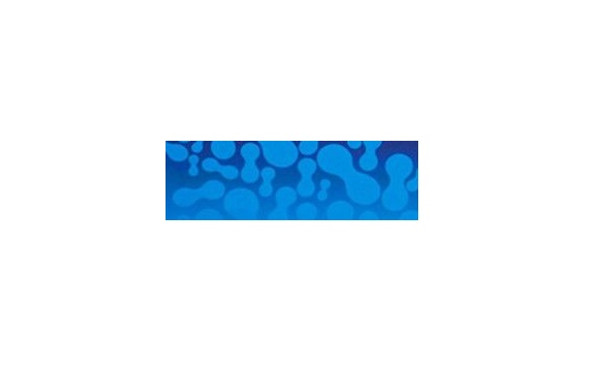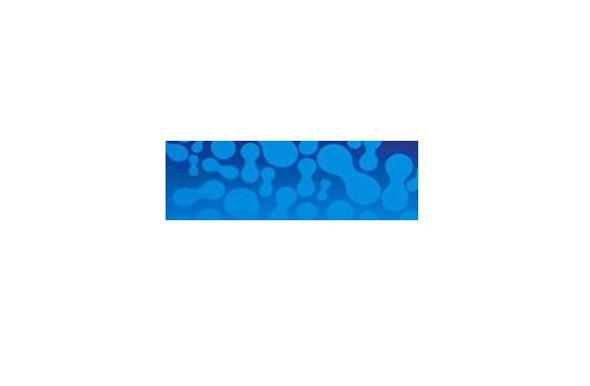Description
Recombinant Mouse SerpinD1/HCF2 Protein (His Tag) | PKSM041140 | Gentaur US, UK & Europe Disrtribition
Synonyms: Heparin cofactor 2; Heparin cofactor II; HC-II; Protease inhibitor leuserpin-2; Serpin D1
Active Protein: N/A
Activity: Recombinant Mouse Serine Protease Inhibitor-clade D1 is produced by our Mammalian expression system and the target gene encoding Glu24-Ser478 is expressed with a 6His tag at the C-terminus.
Protein Construction: Recombinant Mouse Serine Protease Inhibitor-clade D1 is produced by our Mammalian expression system and the target gene encoding Glu24-Ser478 is expressed with a 6His tag at the C-terminus.
Fusion Tag: C-6His
Species: Mouse
Expressed Host: Human Cells
Shipping: This product is provided as lyophilized powder which is shipped with ice packs.
Purity: > 95 % as determined by reducing SDS-PAGE.
Endotoxin: < 1.0 EU per μg as determined by the LAL method.
Stability and Storage: Generally, lyophilized proteins are stable for up to 12 months when stored at -20 to -80℃. Reconstituted protein solution can be stored at 4-8℃ for 2-7 days. Aliquots of reconstituted samples are stable at < -20℃ for 3 months.
Molecular Mass: 53.1 kDa
Formulation: Lyophilized from a 0.2 μm filtered solution of 20mM HEPES, 150mM NaCl, pH7.4.
Reconstitution: Please refer to the printed manual for detailed information.
Background: SerpinD1, also known as heparin cofactor II(HC-II), is a member of Serpin superfamily of the serine proteinase inhibitors. It is a single chain glycoprotein with a size of 66.5 kDa and is secreted from hepatocytes. HC-II acts as a thrombin inhibitor in the coagulation cascade, in a glycosaminoglycan-dependent pathway using the release of a sequestered hirudin-like N-terminal tail for interaction with thrombin. This serpin belongs to multiple member group V2 of vertebrate serpin classification. It has been suggested that HC-II is a predictor of decreased atherosclerosis in the elderly and protective against atherosclerosis in mice. HCII can used as a predictive biomarker and therapeutic target for atherosclerosis.
Research Area: N/A






